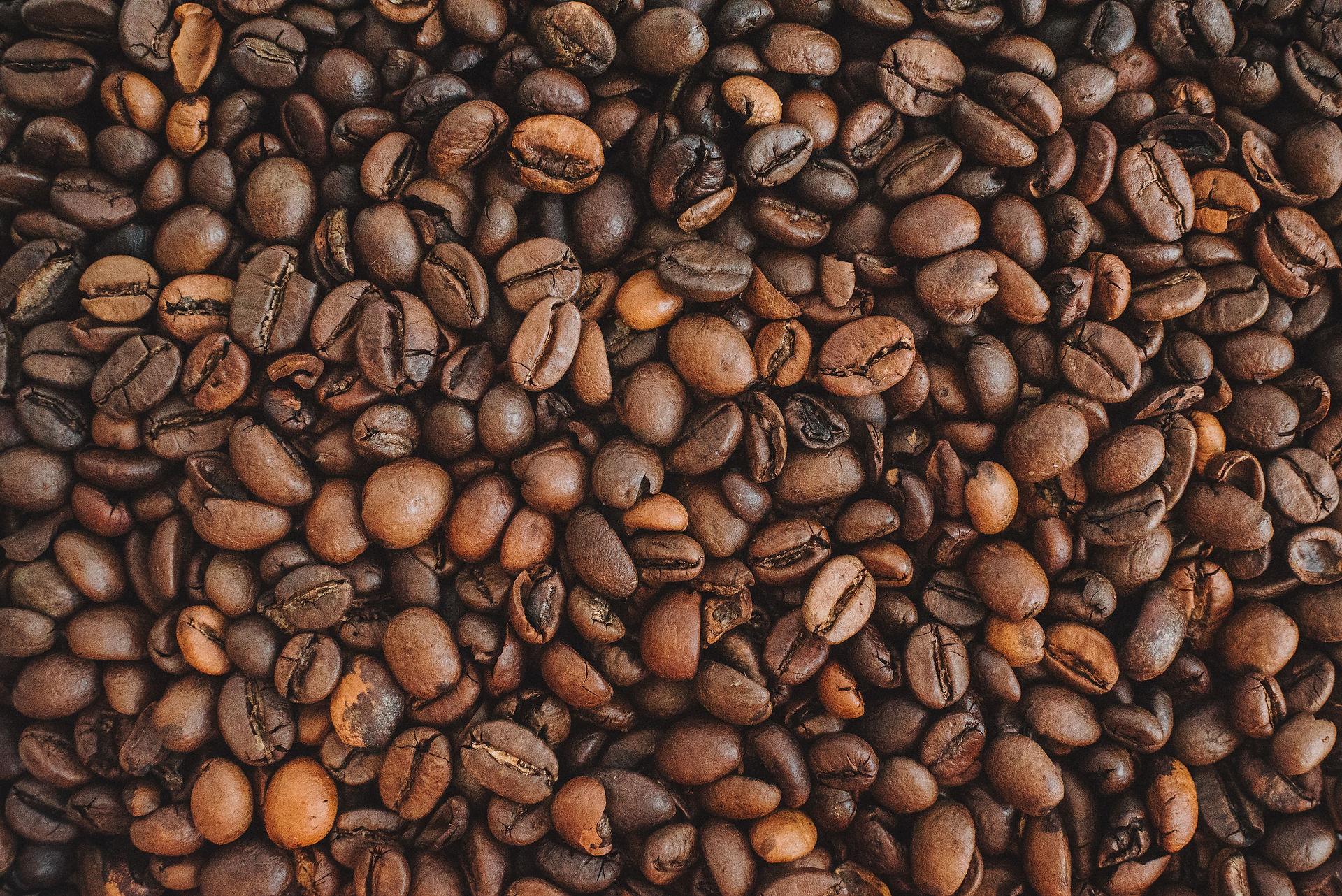All colours of the Rainbow: Cortinarius
- Mathew Kent

- Apr 7
- 3 min read
Updated: Jun 10
Discovering Cortinarius Fungi in Margaret River: A Rainbow of colour on the Forest Floor
The genus Cortinarius is a group of mushrooms that includes over 2,000 species worldwide, many of which are found in the rich and diverse ecosystems of Australia. These fungi are known for their defining feature, the presence of a “Cortina,” a thin, web-like veil that partially covers the gills during their early stages of growth. Over time, this veil disintegrates as the mushroom matures, revealing the gills and the characteristic spore print.
Cortinarius species vary greatly in size, color, and shape, making them an exciting group for mushroom enthusiasts and mycologists alike. However, their identification can be tricky, as many species look strikingly similar. Their distinctive appearance, combined with the often damp and dark environments they thrive in, can make these mushrooms easy to overlook. But for those with a keen eye and a deep love for nature, Margaret River offers the perfect landscape to find these unique fungi.

The Margaret River Landscape: A Haven for Fungi
The region of Margaret River is home to a temperate climate, with abundant rainfall and a mix of forests, heathlands, and coastal woodlands. This makes it an ideal habitat for various fungi, including the elusive Cortinarius. The forests in this area are dominated by jarrah, marri, and karri trees, and their decaying wood, fallen leaves, and rich soil provide the perfect conditions for mushrooms to flourish.
Cortinarius mushrooms are mycorrhizal, meaning they form symbiotic relationships with the roots of trees and other plants. This means that they are often found in close association with specific types of trees, such as eucalyptus species. As such, those looking to spot Cortinarius in the Margaret River area should focus their efforts on the moist, shaded areas beneath mature trees, particularly after a period of rainfall when the forest floor is teeming with life.
Identifying Cortinarius Species
There are several species of Cortinarius that could be found in the Margaret River area, each with its unique features. While many are difficult to distinguish without a trained eye, here are a few tips for identifying them:
Colour: Cortinarius mushrooms can come in a range of colours, from vibrant purples and blues to earthy reds, oranges, and browns. The color of the cap, gills, and stem may vary between species, so it’s important to examine the whole mushroom carefully.
Cortina (Web-like Veil): One of the key identifying features of Cortinarius is the presence of a cortina, a webbed veil covering the gills. The cortina is often most noticeable when the mushroom is young, before it disintegrates as the mushroom matures.
Gills and Spores: The gills of Cortinarius mushrooms are often attached to the stem and may be pale, yellowish, or purple depending on the species. A spore print, which can be obtained by placing the mushroom cap gill-side-down on a piece of white paper, will also help identify the species based on the spore color, which can range from rusty brown to purple.

Cortinarius archeri- Emperor Cortinar
Final Thoughts
Exploring the world of fungi in the Margaret River region is a rewarding and enriching experience for nature enthusiasts. The discovery of Cortinarius mushrooms, with their vibrant colors and fascinating biology, is just one example of the hidden wonders waiting to be uncovered beneath the forest floor. Whether you’re an experienced forager or a curious beginner, there’s always something new to learn and appreciate about these often-overlooked organisms. So, next time you’re wandering through the forests of Margaret River, keep an eye out for these captivating fungi and embrace the beauty and complexity of the natural world.







Comments